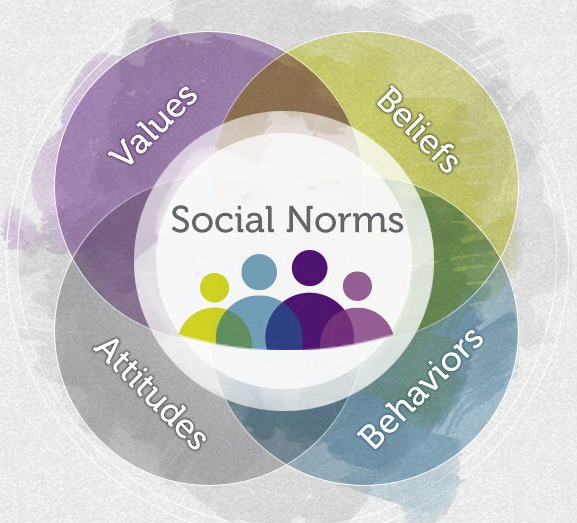What We Do:
Strategic Prevention Framework

The Drug Free Communities Project utilizes the Strategic Prevention Framework (SPF), developed by the Substance Abuse and Mental Health Services Administration (SAMHSA) to guide prevention efforts. The SPF guides coalitions and develops needed infrastructure to provide environmental and other evidence-based strategies to prevent youth substance use.
The Five Steps of the SPF:
Assess Needs: In this step, we utilize assessments to identify community needs, readiness, and resources to address youth substance use.
Build Capacity: We then work to build capacity by partnering with agencies, individuals and organizations in each of the 12 sectors to mobilize the community for change.
Planning: In the planning step, we develop a comprehensive, evidence-based approach that uses multiple strategies to address youth substance use on individual and environmental levels.
Implementation: In this stage, we implement evidence-based strategies and programs to address youth substance use.
Evaluation: After implementation of these strategies, we evaluate strategies for fidelity and effectiveness. We also assess the impact of the strategies and any changes in relevant substance use data.
Sustainability
Sustainability is a guiding principle of the SPF process in order to produce and maintain positive prevention outcomes over time and to address the continually changing prevention needs of the community. In order to build sustainability, we include all sectors in a community-based coalition, the Auburn Prevention Project, to reach all residents of the community and ensure prevention programs continue to address the needs of youth and the community.
Cultural Competency
Cultural Competency is a guiding principle of the SPF process that ensures our programs and strategies reach all diverse groups of people who reside in Auburn. This principle helps provide strategies that are inclusive and culturally appropriate for all members of the community.
Seven Strategies to Effect Community Change
Provide Information
Enhance Skills
Provide Support
Enhance Access/Reduce Barriers
Change Consequences
Change Physical Design
Modify/Change Policy
Evidence-Based Strategies
All Stars Prevention Program

All Stars is an evidence-based prevention curriculum for grades 4-12, designed to help delay the onset of risky behaviors for young people. All Stars has over 30 years of proven results and has been shown to have one of the greatest cost-benefit returns of all prevention programs with $34 in benefits for every $1 spent to implement the program. The All Stars curriculum is designed to be an engaging, student-centered, and fun approach and can easily be implemented in schools and community-based settings.
The All Stars Curriculum targets five strategies research has shown to have the biggest impact on delaying risk behaviors for youth, including:
• Building idealism and a belief in the future
• Establishing positive norms
• Establishing personal commitments to avoid risky behaviors
• Promoting bonding to positive peers and a positive adult
• Promoting positive parent/adult attention
The targeted behaviors the program addresses include alcohol use, tobacco use and vaping, marijuana use, opioid use, inhalant use, fighting and bullying, and early sexual activity. The All Stars curriculum includes engaging activities for youth, including interactive group activities, video making, games and art projects, partner work, a celebration ceremony, and more! These activities are designed to change student’s attitudes and behaviors.
Positive Social Norms Campaign - Michael Haines Model

Positive Social Norms Campaigns are used to clarify and correct common misconceptions about underage substance use and promote healthy behaviors. Often, youth and even adults, think that many more youth engage in risky behaviors than the number that actually do. These misperceptions cause the youth, parents, and communities to believe that when it comes to underage drinking and drug use, that “everyone” is doing it. Thankfully, this is not actually the case. In fact, it is quite the opposite! MOST young people do not engage in alcohol or other substance use! In Auburn, among 9-12th grade students at Apalachee High School, 82% choose NOT to use alcohol (Data from the 2018-2019 Georgia Student Health Survey, 2.0). For marijuana, the data is even better. 87% of 9th-12th graders at Apalachee High School choose not to use marijuana. The data shows that MOST youth do not use alcohol or marijuana. That is something to celebrate!
The Positive Social Norms Campaign uses data to communicate these messages to youth and the community. This evidence-based approach works to shift thoughts, attitudes, and behaviors surrounding youth substance use eventually leading to a change in the community’s culture regarding these issues. This campaign uses positive messages to communicate data with youth and celebrates the good choices youth are already making. Let’s celebrate the fact that most youth in Auburn are already choosing to remain alcohol and marijuana free!
